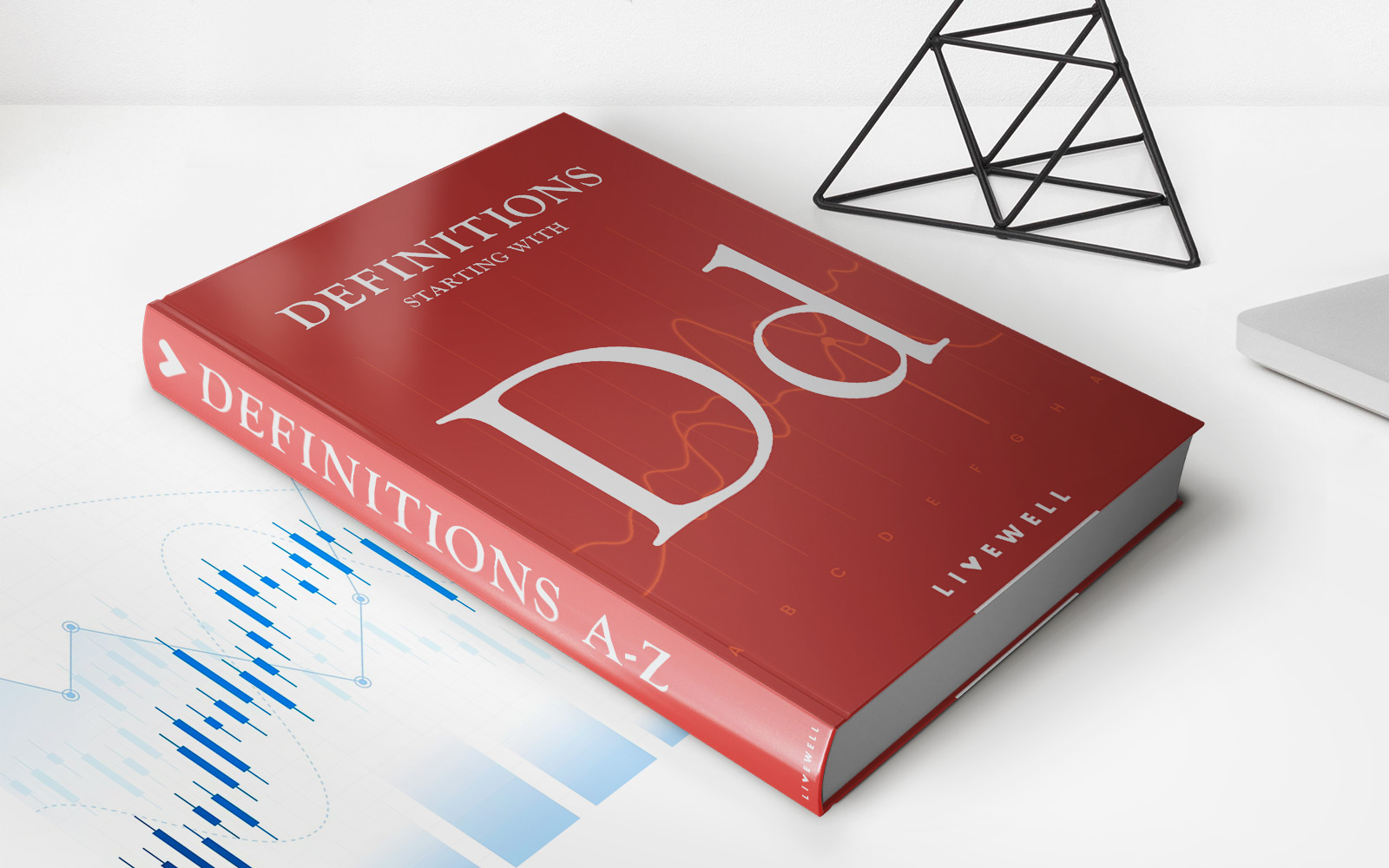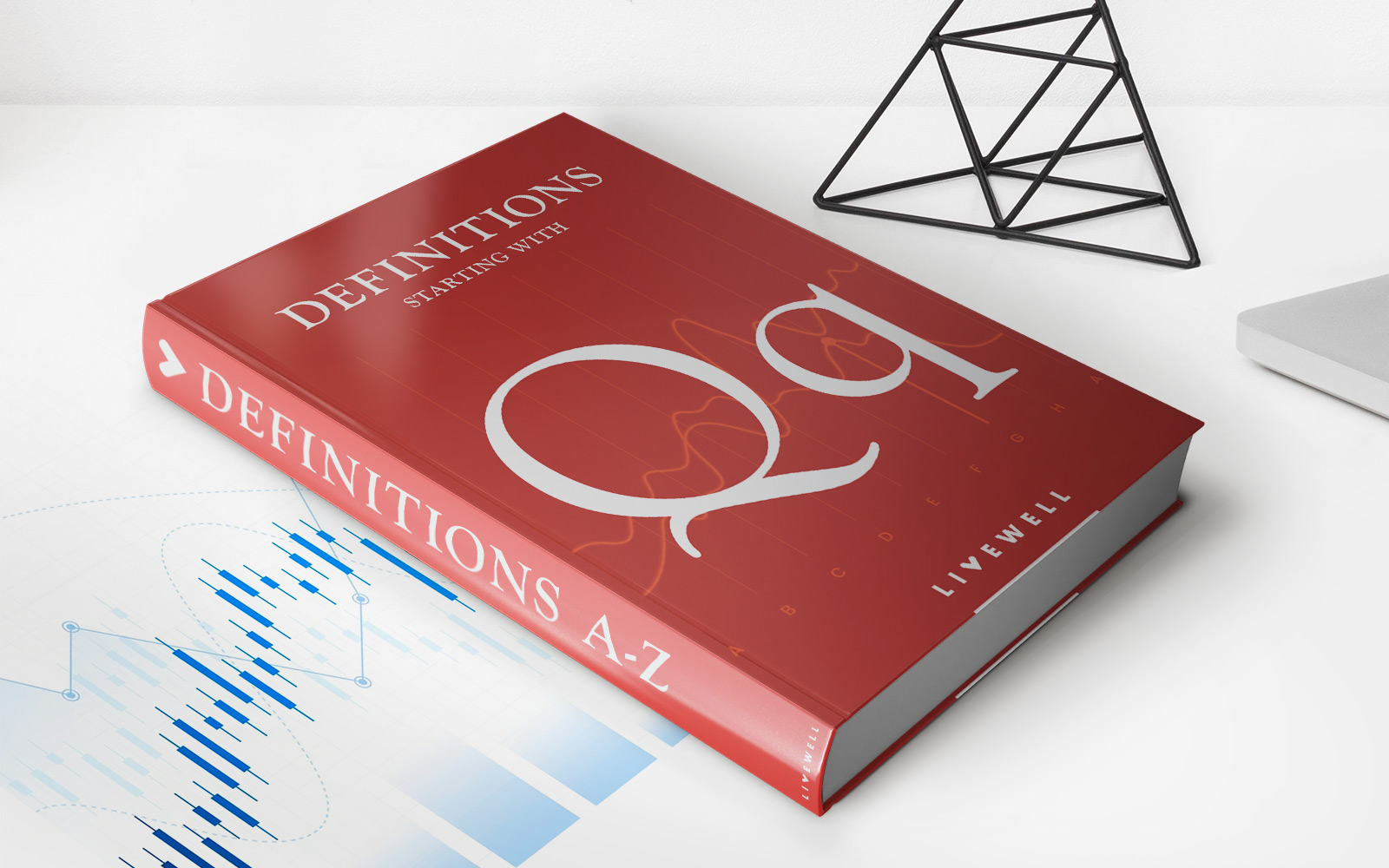

Finance
What Is A Statement Date For Credit Card
Modified: February 25, 2024
Learn about statement dates for credit cards and how they impact your finances. Understand how this date affects your payment due date, interest charges, and credit utilization.
(Many of the links in this article redirect to a specific reviewed product. Your purchase of these products through affiliate links helps to generate commission for LiveWell, at no extra cost. Learn more)
Table of Contents
Introduction
Welcome to the world of credit cards! These plastic cards have become an essential part of our financial lives, granting us the convenience of making purchases and transactions without carrying cash. However, using a credit card also comes with the responsibility of managing your payments and keeping track of your expenses.
One crucial aspect of credit card management is the statement date. The statement date plays a pivotal role in determining when your credit card statement is generated, and subsequently, when your payment is due. Understanding the statement date is essential for maintaining good financial health and avoiding any unnecessary fees or penalties.
In this article, we will delve into the concept of the statement date and explore its significance for credit card users. We will discuss how the statement date is determined, its components, and how it affects your credit card payments. Additionally, we will provide tips on how to find your statement date and manage it effectively to stay on top of your credit card obligations.
Understanding Statement Date
The statement date is the specific date on which your credit card company generates your monthly statement. This statement includes a summary of all transactions made with your credit card during a specific period, usually a month. It provides you with valuable information such as your outstanding balance, available credit, minimum payment due, and any fees or interest charges.
The statement date is crucial as it marks the end of your billing cycle. It is the cutoff point for all transactions and activities that will be included in your next credit card statement. Any transactions made after the statement date will be reflected in the following month’s statement.
For example, if your statement date is on the 15th of each month, all transactions made on or before the 15th will be accounted for in that month’s statement. Any transactions made after the 15th will be included in the next month’s statement.
The length of a billing cycle can vary depending on your credit card company’s policies. It is typically around 30 days, but it can be longer or shorter. Understanding your billing cycle and statement date is essential for managing your credit card payments effectively.
It’s important to note that the statement date is separate from your payment due date. The payment due date is the deadline for making at least the minimum payment on your credit card balance to avoid late payment fees and negative impacts on your credit score.
Now that we understand the basics of a statement date, let’s explore why it is crucial for credit card users.
Importance of Statement Date
The statement date is of paramount importance for credit card users due to several reasons. Understanding and managing your statement date effectively can help you stay on top of your credit card payments and avoid unnecessary fees and penalties.
Here are some key reasons why the statement date is important:
- Billing Cycle Management: The statement date marks the end of your billing cycle. It allows you to track and manage your credit card expenses and transactions for a specific period. By being aware of your statement date, you can plan your spending accordingly and avoid overspending.
- Payment Due Date: The statement date determines your payment due date. It is usually a few weeks after the statement date, giving you time to review your statement and make the necessary payments. Missing the payment due date can lead to late payment fees and negatively impact your credit score. Knowing your statement date helps you plan and budget for your payments accordingly.
- Interest Calculation: The statement date plays a crucial role in determining the finance charges and interest on your credit card balance. If you carry a balance on your credit card, the interest is calculated based on the average daily balance from the statement date to the payment due date. Being aware of your statement date allows you to strategize your payments and minimize interest charges.
- Rewards and Benefits: Many credit card companies offer rewards and benefits based on the statement period. By understanding your statement date, you can maximize the benefits and rewards by timing your purchases and transactions accordingly. This can include earning cashback, travel miles, or points for future purchases.
Overall, being aware of your statement date is vital for effectively managing your credit card usage, payments, and maximizing the benefits offered by your credit card company. Now that we understand the importance of the statement date, let’s explore its components.
Components of a Statement Date
A statement date consists of several components that provide you with important information about your credit card account and financial activity. Understanding these components can help you better manage your credit card usage and payments. Let’s explore the main components of a statement date:
- Transaction Summary: The statement date includes a summary of all transactions made with your credit card during the billing cycle. It lists the merchant name, transaction amount, date of transaction, and any additional details. This summary enables you to review your spending and ensure accuracy.
- Account Balance: The statement date displays your outstanding balance, which is the total amount you owe to the credit card company. It includes both purchases and any applicable fees or interest charges. This component helps you understand your current financial liability.
- Available Credit: The statement date also provides information about your available credit. It represents the remaining credit limit on your card that you can utilize for future purchases. Monitoring your available credit is crucial for staying within your credit limit and avoiding potential over-limit fees.
- Minimum Payment: The statement date specifies the minimum payment due for the billing cycle. This amount is the minimum you must pay by the payment due date to maintain your account in good standing. Not meeting the minimum payment can result in late fees and negative impacts on your credit score.
- Interest Charges: If you carry a balance on your credit card, the statement date shows the interest charges accrued during the billing cycle. It helps you understand the cost of carrying a balance and make informed decisions regarding repayment strategies.
- Payment Due Date: One of the most critical components of the statement date is the payment due date. It specifies the deadline by which you must make your minimum payment to avoid late payment fees and potential damage to your credit score. Being aware of your payment due date ensures that you make timely payments.
Understanding these components on your statement date empowers you to effectively manage your credit card usage, payments, and overall financial responsibility. Next, we’ll explore how the statement date affects your credit card payments.
How Statement Date Affects Credit Card Payments
The statement date plays a crucial role in determining your credit card payments and impacts various aspects of your financial management. Understanding how the statement date affects credit card payments is essential for maintaining good financial health. Let’s explore its implications:
- Payment Due Date: The statement date determines your payment due date. Typically, the payment due date falls a few weeks after the statement date, giving you time to review your statement and make the necessary payments. Missing the payment due date can result in late payment fees and negatively impact your credit score.
- Minimum Payment: The statement date specifies the minimum payment amount that you must pay by the payment due date to maintain your credit card account in good standing. It is crucial to make at least the minimum payment by the due date to avoid late fees and potential damage to your credit score.
- Interest Calculation: If you carry a balance on your credit card, the statement date is used to calculate the interest charges on your outstanding balance for the billing cycle. The interest is typically calculated based on the average daily balance from the statement date to the payment due date. Understanding your statement date allows you to strategize your payments and minimize interest charges.
- Billing Cycle: The statement date marks the end of your billing cycle. All transactions made on or before the statement date are included in that month’s statement, whereas transactions made after the statement date will be reflected in the next month’s statement. By understanding your billing cycle and statement date, you can track and manage your credit card expenses effectively.
- Available Credit: The statement date plays a role in determining your available credit. After your statement is generated, the credit card company resets your available credit based on your payment history. If you have made payments toward your balance before the statement date, it can increase your available credit for future purchases.
By understanding how the statement date affects your credit card payments, you can effectively manage your finances, budget for payments, and minimize unnecessary fees. Next, let’s explore how to find your credit card statement date.
How to Find Your Credit Card Statement Date
Finding your credit card statement date is relatively easy, and it can be done through various methods. Here are a few ways to help you find your credit card statement date:
- Check Your Online Account: The most convenient way to find your credit card statement date is by logging into your online account. Most credit card issuers provide online portals or mobile apps that allow you to access your account information, including your statement date. Navigate to the account summary section or the statement tab to find your statement date details.
- Review Your Paper Statements: If you receive physical paper statements from your credit card company, your statement date should be clearly mentioned on each statement. Look for the date specified as the statement closing date or statement date at the top or bottom of the document.
- Contact Customer Service: If you are unable to find your statement date through your online account or paper statements, you can contact your credit card issuer’s customer service. Provide them with your credit card details, and they will be able to inform you of your statement date.
- Refer to the Cardholder Agreement: The cardholder agreement you received when you first obtained your credit card should contain information about your statement date. You can refer to this document, usually available online, to find the specific details related to your statement date.
It’s important to note that each credit card issuer may have different methods of displaying the statement date. Therefore, it is recommended to refer to the issuer’s resources or contact customer service for accurate and up-to-date information regarding your credit card statement date.
Now that you know how to find your credit card statement date, let’s move on to some tips for effectively managing your statement date.
Tips for Managing Your Credit Card Statement Date
Effectively managing your credit card statement date can help you stay organized, avoid unnecessary fees, and maintain good financial health. Here are some tips to help you effectively manage your credit card statement date:
- Set Up Payment Reminders: It’s essential to make timely payments to avoid late fees and potential damage to your credit score. Set up payment reminders, either through your credit card issuer’s online portal or using a personal reminder system, to ensure that you never miss a payment due date.
- Review Your Statements: Take the time to review your credit card statements thoroughly. Check for any unauthorized or suspicious transactions and ensure that all charges reflect your actual purchases. This helps you catch any errors or discrepancies and address them promptly with your credit card issuer.
- Create a Budget: Budgeting is crucial for managing your credit card usage effectively. Create a monthly budget that outlines your income, expenses, and desired savings. Include your credit card payments within your budget to ensure that you can comfortably make the necessary payments on time.
- Pay More Than the Minimum: While the minimum payment is the minimum amount required to maintain your account in good standing, it’s generally recommended to pay more than the minimum whenever possible. By doing so, you can reduce your outstanding balance faster and minimize interest charges.
- Track Your Spending: Keep track of your credit card spending throughout the month. Regularly monitor your transactions, either through your online account or mobile app, to ensure that you stay within your budget and avoid overspending.
- Understand Your Billing Cycle: Be familiar with your credit card billing cycle and statement date. Knowing the duration and specific date of your billing cycle helps you plan your expenses and payments accordingly. It also enables you to allocate your available credit wisely throughout the month.
- Avoid Late Payments: Late payments can lead to late fees, increased interest rates, and negative impacts on your credit score. Make it a priority to always pay your credit card bill on or before the payment due date to maintain a healthy credit history.
- Utilize Automatic Payments: Consider setting up automatic payments for your credit card bills. This ensures that your payments are made on time without the risk of forgetting the due date. However, remember to review your statements regularly to identify any discrepancies or unauthorized charges.
By following these tips, you can effectively manage your credit card statement date, stay on top of your payments, and maintain a strong financial foundation. Let’s conclude our article with a brief summary.
Conclusion
Understanding the statement date is crucial for credit card users as it determines when your credit card statement is generated and when your payment is due. By being aware of your statement date and managing it effectively, you can stay on top of your credit card payments and avoid unnecessary fees and penalties.
In this article, we explored the concept of the statement date and its importance. We discussed the components of a statement date, including transaction summaries, outstanding balances, available credit, minimum payments, and interest charges. Additionally, we discovered how the statement date affects credit card payments, such as determining the payment due date, calculating interest charges, and managing the billing cycle.
We also provided useful tips for finding your credit card statement date, such as checking your online account, reviewing paper statements, contacting customer service, and referring to the cardholder agreement. Furthermore, we presented tips for effectively managing your statement date, including setting up payment reminders, reviewing your statements, creating a budget, paying more than the minimum, tracking your spending, understanding your billing cycle, avoiding late payments, and considering automatic payments.
By implementing these tips and understanding the importance of the statement date, you can take control of your credit card usage, maintain good financial health, and make informed decisions regarding your personal finances.
Remember, managing your credit card statement date is just one part of responsible financial management. It’s important to always stay aware of your spending, regularly monitor your credit card activity, and strive to maintain a healthy credit score. By establishing good financial habits, you can navigate the world of credit cards with confidence and use them to your advantage.














